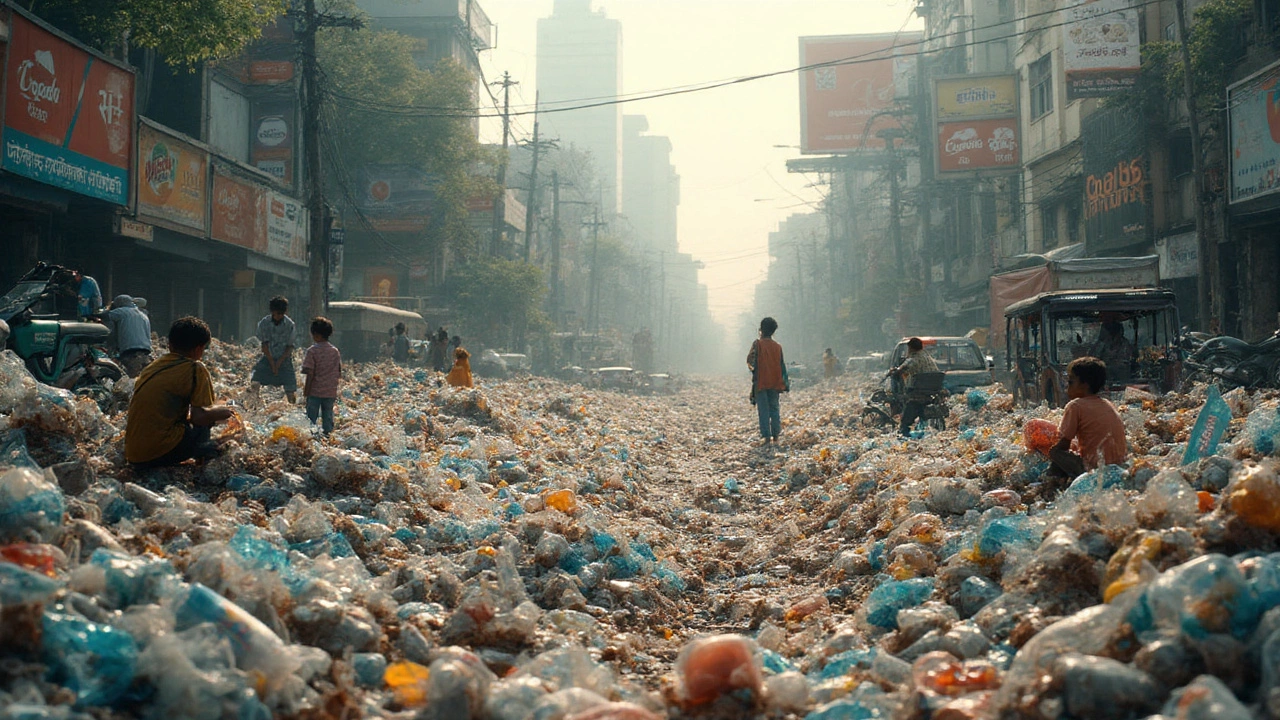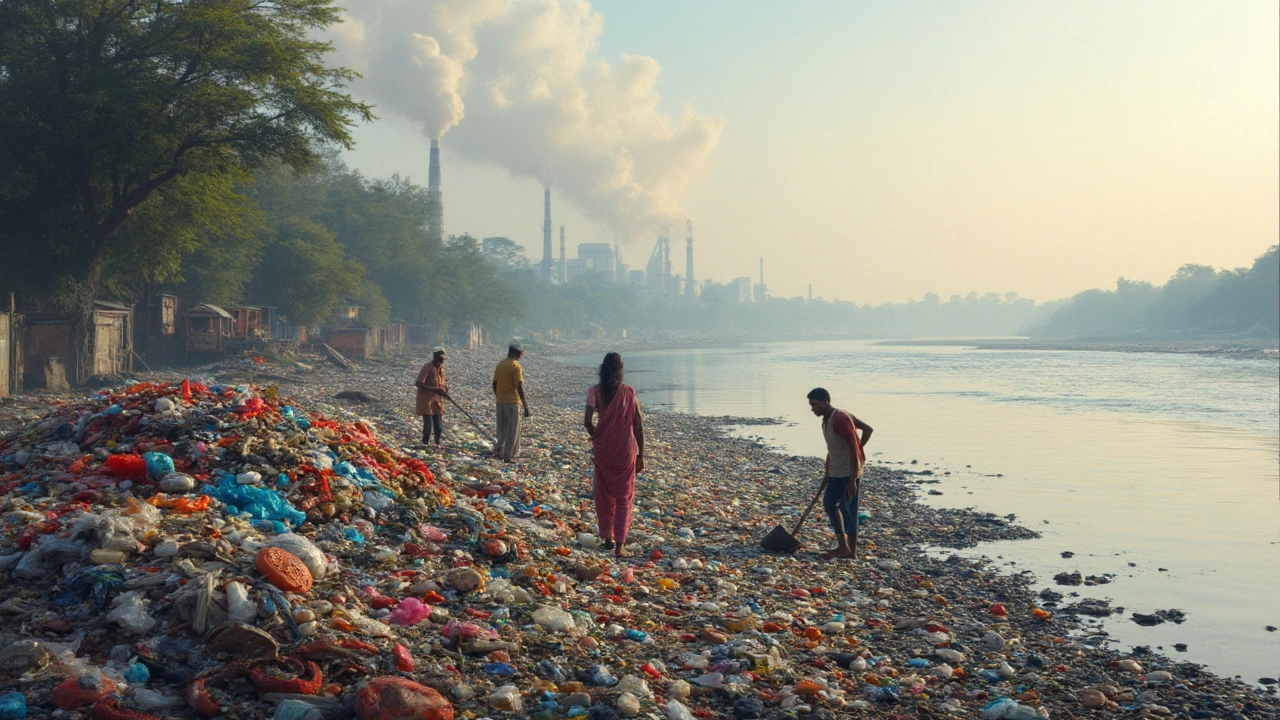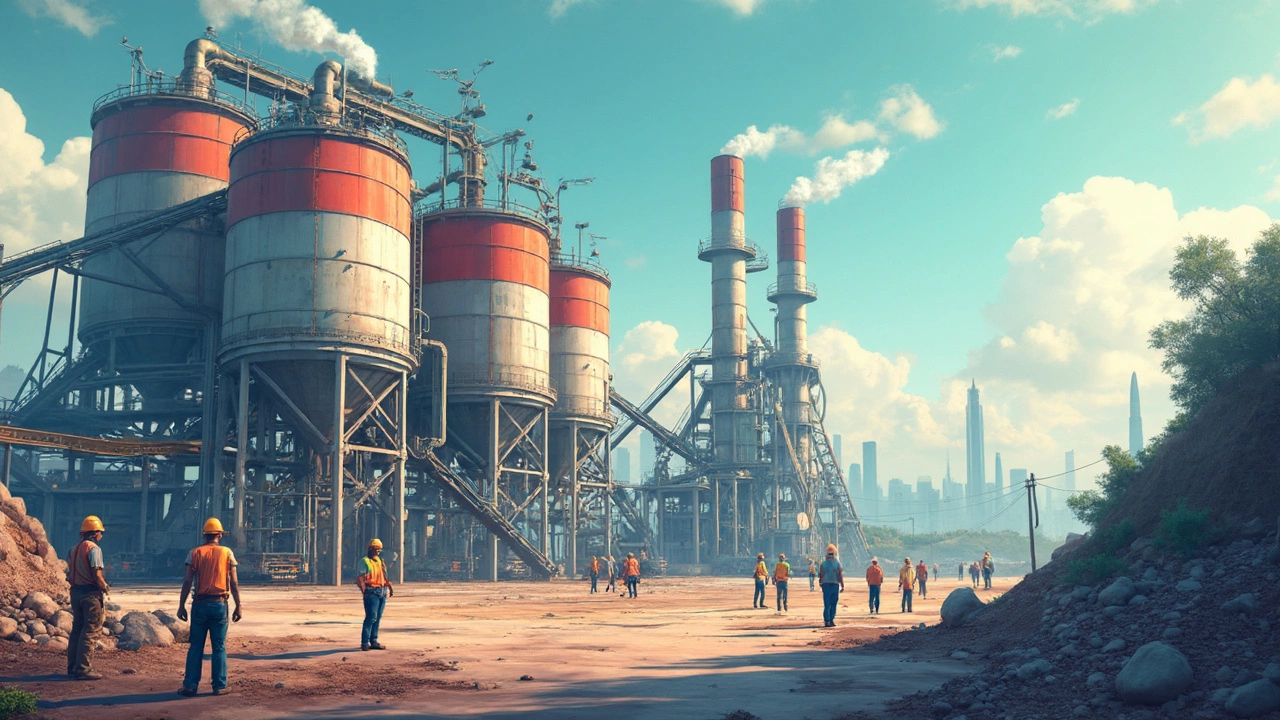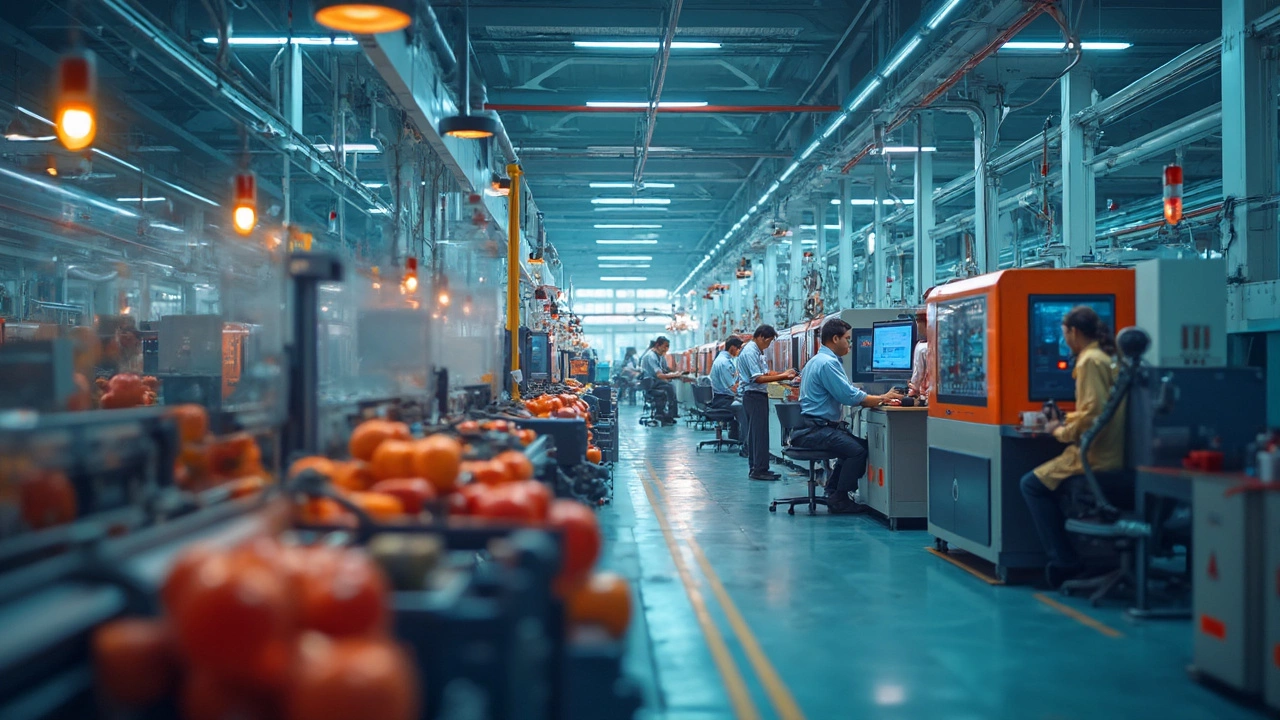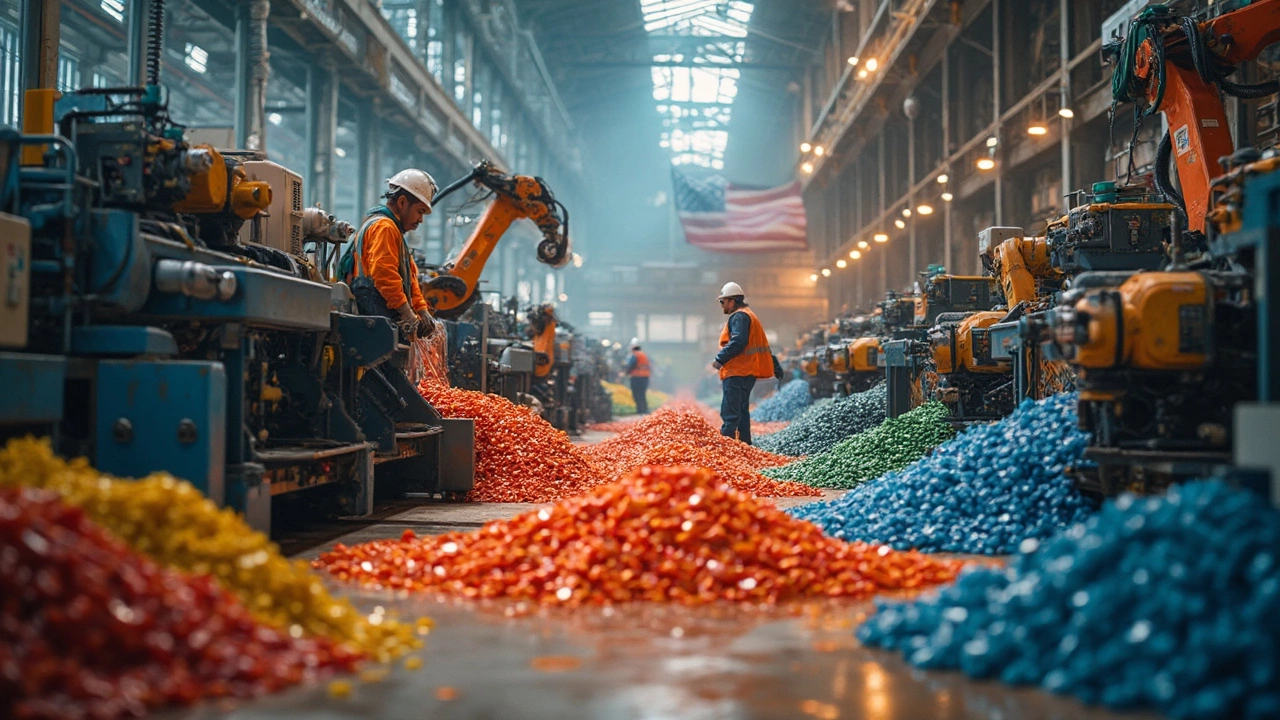Plastic Manufacturing: How Everyday Items Are Made and Made Better
Ever wondered how the bottle you drink from or the pipe under your sink came into being? It all starts with raw polymer pellets, which are melted, shaped, and cooled into the parts we use every day. At Urban Polymers India we follow a straightforward process that keeps costs low and quality high. Below we break down the steps you’ll see in any modern plastic plant.
Key Steps in Plastic Manufacturing
First, raw material selection matters. We source polymer granules that meet international standards, whether they’re poly‑ethylene, poly‑propylene, or recycled blends. The granules go into a hopper, then a screw extruder where heat and pressure turn them into a uniform melt.
Next comes shaping. Depending on the product, we use injection molding, blow molding, or extrusion. Injection molding pushes the melt into a metal cavity, perfect for complex parts like gear blanks. Blow molding inflates a tube of molten plastic to make bottles and containers. Extrusion pulls the melt through a die to create sheets, pipes, or profiles.
After shaping, parts are cooled quickly to lock in dimensions. Water baths or air‑cooling systems speed up this step, preventing warpage. Once solid, the pieces move to trimming or machining where excess material is removed and any necessary holes or threads are added.
Finally, quality checks verify dimensions, strength, and surface finish. We use simple gauges and automated scanners to catch defects early. Only parts that pass every test leave the floor, ensuring the reliability your customers expect.
Sustainability in Modern Plastic Production
People often link plastic with waste, but the industry is moving fast toward greener solutions. At Urban Polymers we blend recycled resin with virgin polymer to cut raw material use by up to 30 % without losing performance.
Energy efficiency is another focus. Modern extruders recover heat from the melt and reuse it, lowering electricity bills and emissions. We also work with local suppliers to shorten transport distances, which reduces our carbon footprint.
Design for reuse is gaining ground, too. When we design a product, we ask if it can be easily recycled at the end of its life. Simple geometry, single‑material construction, and clear markings help recyclers sort the material correctly.
If you run a small factory or are thinking of starting one, start by choosing a polymer that matches your product’s demand and environmental goals. Look for suppliers that provide recycled options and ask about their energy‑saving technologies. Small changes add up—better insulation on melt tanks, regular maintenance of pumps, and using variable‑speed drives can shave off a noticeable amount of energy.
Urban Polymers India is happy to share our field experience. We’ve helped dozens of partners set up cost‑effective lines that meet ISO standards and local regulations. Whether you need a single‑color injection machine or a full‑scale extrusion line, the basics stay the same: quality raw material, controlled melt, precise shaping, rapid cooling, and rigorous testing.
Ready to upgrade your plastic production or explore sustainable options? Reach out to our team for a quick chat. We’ll walk through your needs, suggest the right process, and show how a few tweaks can boost efficiency while keeping the environment in mind.
Who Wastes the Most Plastic? Global Plastic Waste Statistics and Surprising Facts
Which countries, companies, and industries actually waste the most plastic? Check out up-to-date facts, eye-opening stats, and easy action tips.
Plastic in the Ocean: Which Country Leads the Pack?
This article takes a closer look at which country is responsible for dumping the most plastic into the ocean and how this problem affects everyone. You'll get numbers, reasons why it's happening, and what role plastic manufacturers play. Find out why some countries struggle more with plastic waste and what can be done to fix it. Expect real stats, practical tips, and relatable stories. It's all about understanding the full picture of plastic pollution right now.
Who is the World's Largest Producer of Plastics? A Look at the Global Plastic Manufacturing Giants
Curious about which company tops the list as the world's largest producer of plastics? This article breaks down who holds the crown, how much plastic they actually manufacture, what kinds of plastic dominate the market, and the real environmental impact behind these staggering numbers. You'll get concrete facts, figures, and tips to help you navigate the world of plastics whether you're searching for suppliers or just want to understand the scope of the industry. Get ready for some surprising insights about the giants shaping our plastic-filled world.
Best Companies for Plastic: Who Leads the Pack?
Choosing the right plastic manufacturing company can be daunting. With the ever-growing demand for plastic in various industries, the stakes are high. This guide dives into top players in the plastic market, highlighting what sets these companies apart. Understanding their innovations, sustainability efforts, and industry contributions can help you pick the best fit for your needs.
Which Country Banned Single-Use Plastic?
Around the world, countries are taking steps to tackle environmental damage by banning single-use plastics. This move targets items like plastic bags and straws, aiming to reduce pollution and protect wildlife. In this article, we explore which countries have taken such measures, and the impact these bans have on the environment and businesses. We also provide tips on how businesses can adapt to these changes. Additionally, learn interesting facts about the shift towards sustainable alternatives in the manufacturing industry.
Which State Leads in Plastic Manufacturing?
Plastic is everywhere, from the car you drive to the phone in your hand. But have you ever wondered which state in the US produces the most of this ubiquitous material? This article explores the leading state in plastic manufacturing, unveiling fascinating facts and offering insights into the industry's role in the economy. You'll also discover some surprising elements behind the production process and the impacts it has both locally and globally.
